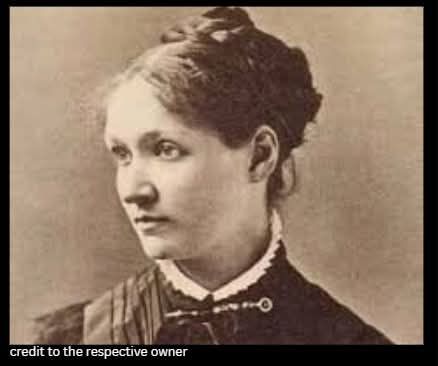In 1856, inside a modest New York home, a woman named Eunice Foote stood over a glass tube, driven not by credentials but by pure curiosity and intellect. Without formal scientific training or access to academic circles, Eunice conducted experiments using sunlight, household tools, and jars filled with different gases. When she noticed that carbon dioxide trapped heat longer than other gases, she documented her findings in a paper titled “Circumstances Affecting the Heat of the Sun’s Rays.” This was groundbreaking work—an early discovery of what we now call the greenhouse effect.
Yet, society wasn’t ready to hear her voice. Women were not allowed to speak at scientific conferences, so her paper was read aloud by a man at the American Association for the Advancement of Science (AAAS). There was no applause. No headlines celebrated her breakthrough. Just silence. Three years later, in 1859, British scientist John Tyndall published similar findings using more advanced equipment. His name entered the history books as the “father of climate science,” while Eunice slipped into obscurity, unaware that she had been the first to illuminate the path.
It wasn’t until 2010 that historians rediscovered her work and gave her the recognition she had long deserved. Eunice Foote’s story is more than just a tale of scientific discovery—it is a reflection of brilliance ignored and a woman silenced by the norms of her time. As the Earth continues to warm today, we are reminded that she saw it coming—long before the world was ready to listen.
